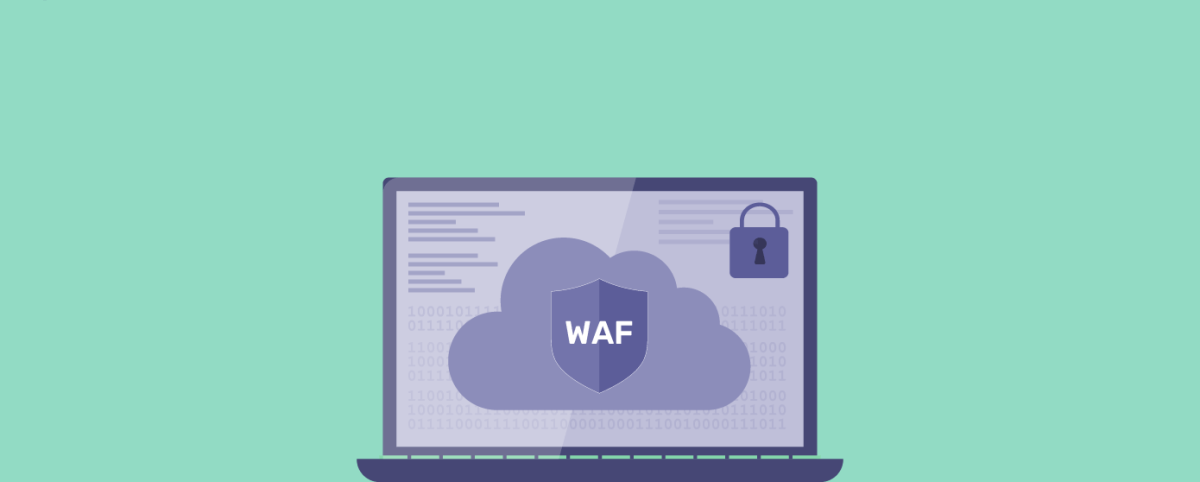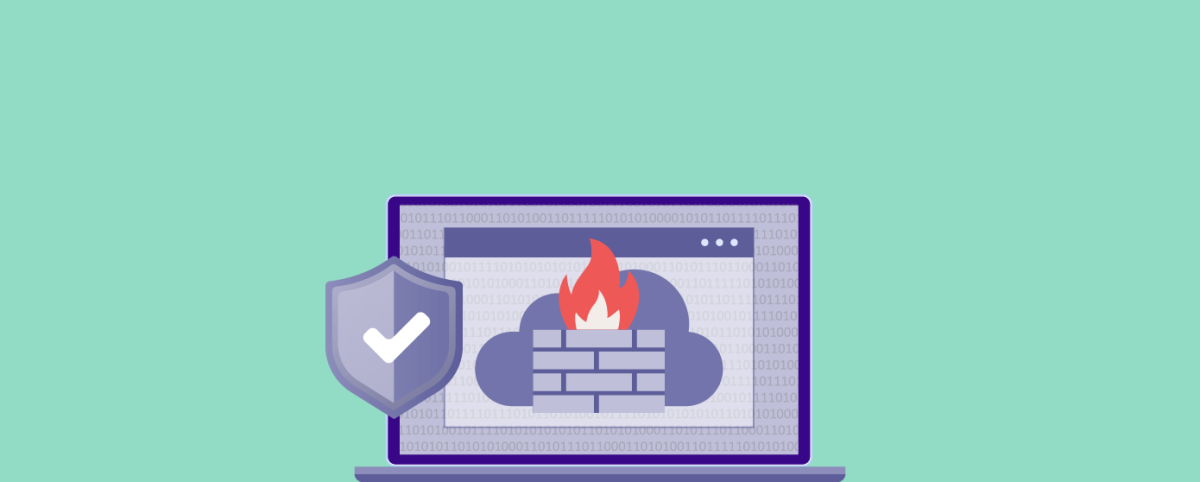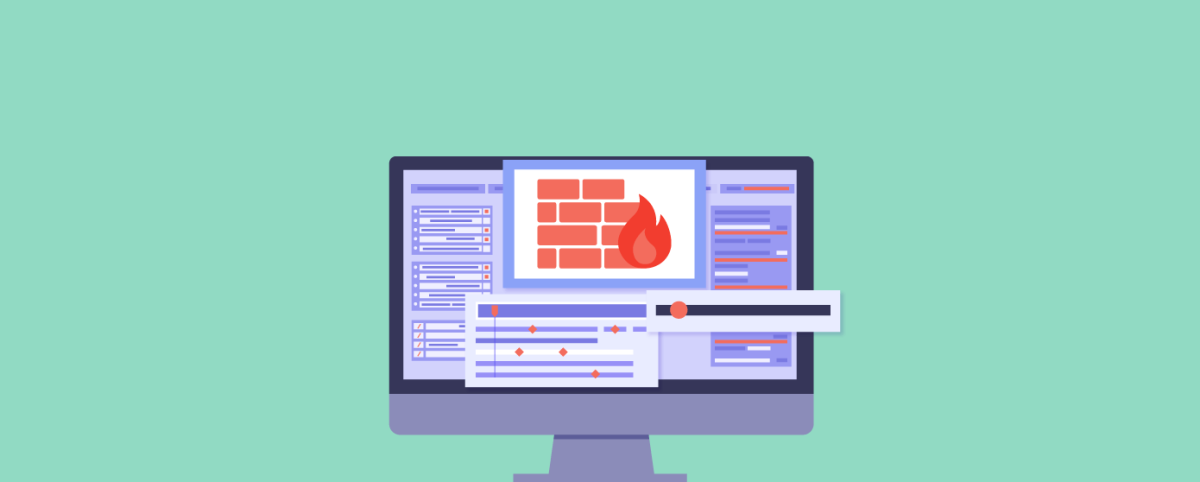Impact of cloud WAF on DevOps Lifecycle
Organizations are increasingly relying upon web applications to not just interact with their customers but also to improve productivity, manage the workflows, and safeguard essential information.
As a result of it, progressively strategic tools are being developed and supported by the DevOps team to sustain the mainline business of an organization while simultaneously impacting the strategic initiative positively.
However, a challenge that surfaces here is that the on-going and consistent changes in the threat landscape, continuous changes and many moving parts and changes in web applications, also increase the risk of attacks and identifying them in real-time for security teams. Although there are innumerable solutions available out there, however, provided the flexibility and speed of recent applications, specifically the ones that are cloud-based, relying only on traditional limitations and approaches can prove disadvantageous.
Keeping this in mind, the need to have a strategic and appropriate security system, such as a Web Application Firewall (WAF) increases even more. These firewalls help to inspect suspicious web traffic that may go unnoticed by other applications, amidst other factors.
Having said that, in this blog post, let’s figure out how the cloud web application firewall can empower the DevOps lifecycle seamlessly.
Understanding Web Application Firewall:
A regular web application firewall (WAF) offers security by operating through a service or an app, blocking service calls and inputs as well as outputs on the basis of configured and learned violations of security policies or discovering hackable intent of the requesters.
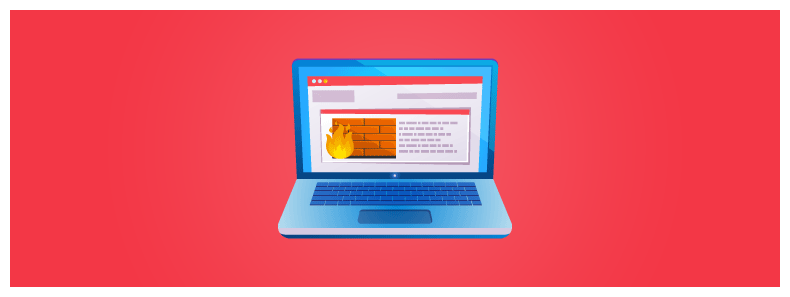
A cloud WAF, on the other hand, is a WAF that detects threatening information among tenants and enables the consumer to gain WAF advantages without deploying any inhouse software.
Some of the advantages of this WAF comprise the ability to auto-scale, adequate deployment speed, seamless setup, and accelerated real-time updates. In case you choose to go with cloud-based WAFs, you wouldn’t have to make any hardware or software changes and tunings to the system. Rather, you can safeguard the website from threats only by applying custom rules.
Comprehending DevOps:
DevOps is a set of practices that comprise software development (Dev) as well as information-technology operations (Ops). Together, both intend to decrease the systems development life cycle and offer consistent delivery with higher software quality.
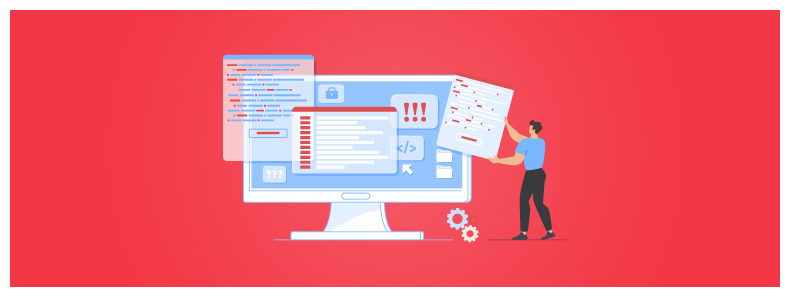
Going with the above-mentioned definition, it simply means that DevOps ensures the presence of agility and speed when it comes to releasing new features and simultaneously enhancing the quality.
Since several organizations can no longer invest time and effort in quarterly or yearly release cycles, they have started choosing a specific timeline of weeks or days to incorporate features and roll out the latest releases.
Lately, a new process is being adopted that makes it essential to incorporate application security best practices as an integral part of the process, resulting in creating a new term – DevSecOps.
The aim and purpose of DevSecOps are to develop a security-oriented mindset with a goal of distributing security decisions at a scale and speed to the ones who hold a high level of context without comprising the needed safety.
That is exactly where a cloud WAF comes into the picture as it allows this security aspect into the DevOps process. Putting it in simple words, whenever an update is set to release, a key aspect of the DevOps process is Go/NoGo decision on the basis of testing before the update can be released.
A cloud WAF is one part of the environment that allows security testing to be done by placing the app behind WAF and instantly patching security issues.
Providing Advantageous Insights During the DevOps Lifecycle:
So far, several organizations have installed the cloud WAF to leverage automated protection so as to invest their focus on something that could be more productive and valuable to propel their business.
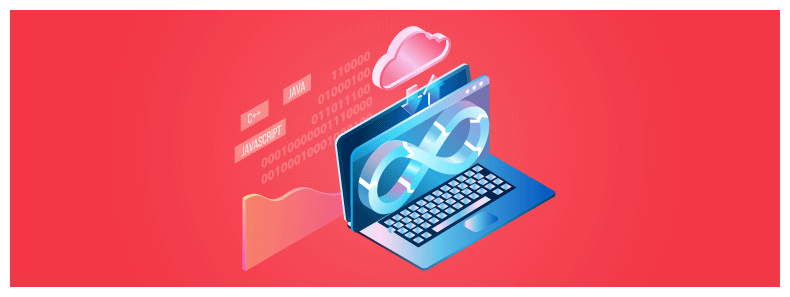
Mentioned below are some of the highlights of how this firewall can be actionable at every stage of the DevOps lifecycle.
Coding:
With an appropriate cloud WAF system in place, it becomes easier and quicker to make a GO decision for release if a security issue is identified based on a virtual patch done in WAF. This way, developers get to release a guarded and secure code without compromising the time of release.
Understandably, deploying modern cloud-native apps can incur risk as these platforms don’t fundamentally offer comprehensive web-layer visibility. Unlike other security systems that are generally black boxes that can block web requests without offering any context, an appropriate cloud WAF provides visibility for security teams and developers to figure out how the apps can be attacked while under production.
Releasing:
DevOps teams are responsible for releasing products quite often. However, they may not want to postpone the release due to time to fix an identified risk and there will be time to market pressures.
With a cloud WAF system, the team gets to install agent module in the infrastructure or deploy the same through cloud WAF or reverse proxy to ensure that the produced apps are completely protected with a virtual patch applied on identified application-level risks.
Operating:
Irrespective of the industry, for an app, uptime is extremely important. Apart from that, keeping them accessible is a key objective for an operations team as well. With a cloud WAF system, it becomes easier to monitor major metrics to keep the apps ongoing.
Monitoring:
Once the deployment is done, a cloud WAF can help to report and alter the security as well as the operations team in real-time. These reports provide an insight into those aspects that can be empowered, altered, corrected, and can be made better for a better response.

Application Change Rate Impacts The WAF Maintenance:
This straightforward relation can easily complicate one essential selling point of WAF, which is the ability to manage the policies and keep it updated and having the expertise to do that.
By monitoring the user activity and traffic, a WAF gets to know more about the web application so as to determine and have the ability to update the policies based on anomalies it sees. If the WAF has visibility also into the security testing results of your application instant virtual patches can be created and updated.
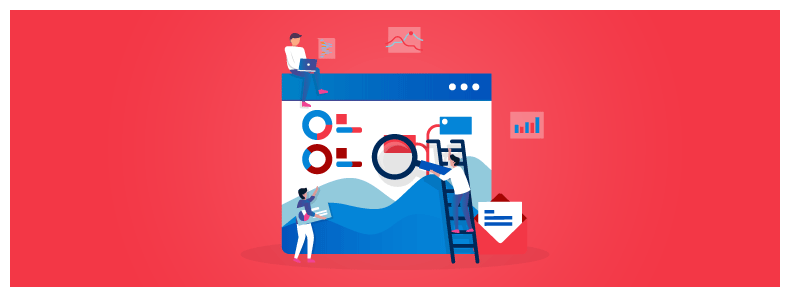
In case the app is undergoing consistent alterations, the WAF will be behind, which can create a gap between protecting and learning, introducing more risks to handle and resolve, and the management layer and expertise to do it in real-time becomes very important.
To alleviate these problems, there is a set of essential factors that are useful in the integration of the software development lifecycle. Let’s know more about the same.
The Minimum Security Requirement:
If, as a firm, you are unable to compel developers to execute operational activities by keeping security in mind, the web application firewall administrators may not be able to do protection beyond a point.
Similar to that, if the development team denies the requests of the security team, then it can turn out to be an issue. After all, the development team is being paid for new features, and security may not be the top priority.
In such a scenario, the security team must look for a backup, whether from the CEO or CIO, to agree that the feature evolution should address the security aspect. Also, there should be a minimum security requirement that should be fulfilled either in the app and WAF should be used as an additional layer on top of it to provide protection and visibility of attempted attack attempts that can be foundations for learning
Establishment of Expectations:
In an organization, every team must know what is expected out of their jobs to decrease problems and increase security. This can be done by arranging a sit-down with stakeholders and those playing an essential role in the company to establish certain guidelines for what should be done.
Of course, developers would want to know about critical bugs and broken links in their codes. However, spamming them with several emails all at once can easily piss them off.
To make sure of a streamlined method, set a guideline in advance that the developers can refer to before reaching the final stage of execution.
Integration Points for the Developers and Security Team:
The integration points generally help to define how parties can share data and resolve problems with the help of each other. To do so, you can begin by establishing engagement rules for how DevOps has to work in collaboration with the WAF team and what tools can be used to automate as well as facilitate the communication.
Make sure that every team in the organization agrees upon one communication medium that is easy to use and can define the escalation policy.
Wrapping Up:
Also, don’t forget to outline the starting and endpoints of the process, including designing, development, and pre-launch validation. Keep in mind that without a precise security involvement, there are several essential steps that can get missed, especially if there is a time crunch.
Stay tuned for more relevant and interesting security articles. Follow Indusface on Facebook, Twitter, and LinkedIn.


 May 25, 2020
May 25, 2020


